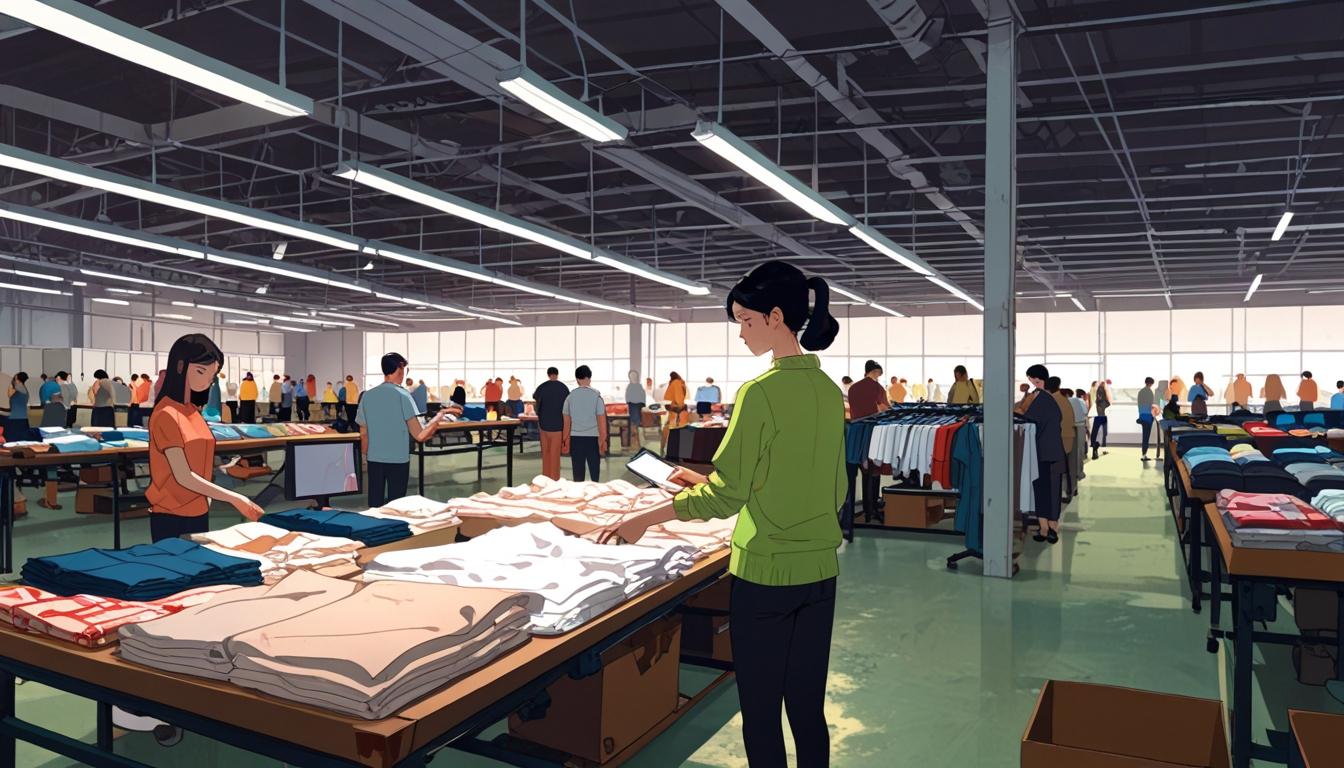ThredUp’s integration of AI technologies is enhancing inventory processing, with significant improvements in efficiency and accuracy.
ThredUp, a notable player in the secondhand clothing marketplace, is utilizing artificial intelligence (AI) to enhance its inventory processing and management. Co-founder and COO Chris Homer has shared insights into the transformative role that AI-enabled image tools have played in streamlining the company’s operations. Since the introduction of these visual tools approximately two years ago, the company has experienced a productivity lift of 10% due to the ability of the system to quickly identify an item’s brand, size, and care instructions.
Homer explained that the prior method required personnel to navigate a complex hierarchy of tagging data, whereas the new system automates much of this work. Employees can focus on inspecting items’ quality and capturing images, while the AI handles data tagging. “It makes it so the team member on-site doesn’t have to work their way through a really large hierarchy of tagging data,” he said.
The implementation of AI in supply chain management appears widespread, as reported by McKinsey. Their findings showed that 78% of organizations utilized some form of AI in July 2024, reflecting a substantial increase from 55% in 2023. However, only about 14% of companies in the consumer and retail sector indicated they regularly employed generative AI for supply chain and inventory tasks.
Some companies that have adopted generative AI, including brands like Bansk Beauty and diaper maker Kudos, are experiencing benefits such as reduced shipping costs and better alignment between production and demand. Homer noted that ThredUp’s investment in AI infrastructure is integral to its growth strategy. During a recent earnings call, CEO James Reinhart highlighted that the company had listed 9% more fresh items quarter-to-date compared to the previous year and emphasized the advantages brought by ongoing innovations in processing technology.
Additionally, advanced tools such as 360-degree photography have improved the company’s sell-through rates by as much as 12%. The AI-driven imagery not only expedites item listings but can also create detailed shots of garment features, enhancing customers’ online shopping experience. Homer remarked, “In the last couple of years, we’ve been able to find that stride with the technology improving and being ready for it.”
Nonetheless, the evolving nature of AI means that the tools must continually adapt to ThredUp’s changing inventory landscape, which includes processing garments from various brands. Therefore, Homer mentioned that human reviewers are employed to monitor AI-generated data for accuracy, ensuring that the system enhances instead of compromises quality. He indicated that the company is continuously improving its algorithms to further refine accuracy in item processing since, “The accuracy is an ever-present challenge.”
The advancements in AI-driven inventory management are not limited to ThredUp. Kudos, which employs a vendor-built AI tool named Tara, has leveraged AI to optimize its inventory forecasting—tailoring stock levels to specific geographic locations and enhancing operational efficiency. Chief of staff Ilan Tagger explained that the tool allows for real-time assessments of demand across SKUs, thus potentially lowering fulfillment costs.
Furthermore, Bansk Beauty has successfully integrated AI into its logistics, leading to a noteworthy reduction in inventory levels. Chief supply chain officer Liran Golan stated that since they began employing AI algorithms for inventory forecasting, the company is maintaining approximately 50% less inventory compared to the previous year. This strategic shift also assists with optimizing distribution center placements and reducing expedited shipping fees, underscoring the role of AI in enhancing both forecasting and inventory management efforts.
Golan emphasized the potential of AI in the workforce, clarifying that the technology is not intended to replace human employees, but rather to relieve them from repetitive tasks. “I see AI as taking away the transactional, mundane, non-value-added work to free up time to actually do value-added work,” he stated.
Overall, the integration of AI technologies into inventory management processes across various industries reflects a trend towards improved efficiency and responsiveness in supply chain operations, with companies like ThredUp, Kudos, and Bansk Beauty demonstrating the practical benefits of these advancements.
Source: Noah Wire Services




